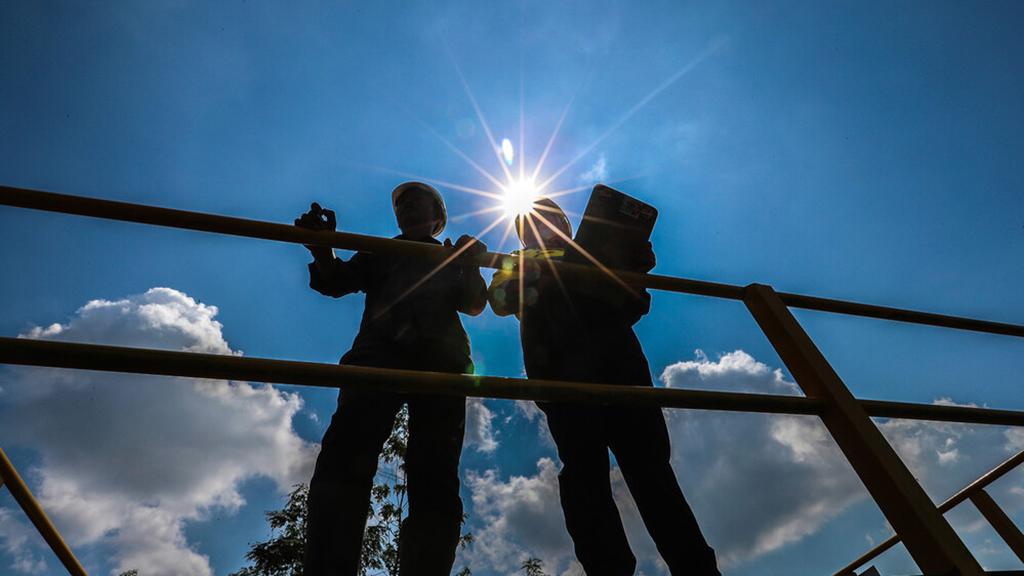
Sustainable and Inclusive Energy Program (Subprogram 1)
Stimulated energy sector, government reform, and sustainable economic growth in Indonesia.
Sectors
EnergyCountry
IndonesiaPartners
Kreditanstalt für WiederaufbauAgence Française de Développement
Approval
Financing
Total Project Cost
$1,350 million
ADB Financing
$400 million
AIF Financing
$100 million
WB Cofinancing
$500 million
KfW Cofinancing
$200 million
AFD Cofinancing
$150 million
ISSUE
Inadequate investment in the energy sector, constraints on scaling up renewable energy and energy efficiency, and impediments to achieving 100% modern energy access.
By focusing on a series of subsector reforms, SIEP addressed the unfinished agenda of translating the high-level sector regulatory reform that was implemented under ADB's Infrastructure Reform Sector Development Program during 2006-2010 into sustained subsector actions. The program was included in the draft country operations business plan 2015-2019. Widespread subsidies and the inability to recover costs had led to underinvestment by the public sector. Low tariffs and market prices combined with challenges in permitting, licensing, land acquisition, environmental approvals, and the perceived financial risk posed by monopolistic and subsidized public sector off-takers has resulted in inadequate private sector investment. In the power subsector, relatively low investment had been compounded by delays in completing the few large and small fossil-fired, geothermal, and hydro power projects initiated in recent years. Renewable energy deployment was lagging, despite an abundance of various forms of renewable energy and national targets to increase renewables in the energy mix from just 5% of the country's primary energy mix to 25% by 2025. The Ministry for Energy and Mineral Resources has tried to attract private sector investment to the renewable energy subsector by issuing feed-in tariffs for small-scale hydro power, biomass, and waste-to-energy systems, and ceiling prices for solar. However, tariff levels were not always appropriate and project developers still faced difficult negotiations and delays due to permitting issues. These circumstances, combined with low economy-wide energy costs, had resulted in energy efficiency measures being considered financially unviable. Indonesia's national electrification ratio of 84% in 2014 was also low relative to its neighbors in Southeast Asia. In many small power markets and parts of eastern Indonesia, supply was limited to a few hours a day. The high cost of delivering fossil fuels to small islands and remote areas combined with low power loads, limited household ability to pay, lack of interconnected grids that can support larger generating units, and a constrained policy environment had made State Electricity Company (PLN) reluctant to add new consumers. The government's electrification effort overall lacked a comprehensive regulatory framework that incorporates the private sector, a national program, an institutional framework, and the necessary budgetary resources.
SOLUTION
A more sustainable and inclusive energy sector, through strengthened availability of primary energy for domestic use, increased extent of domestic energy infrastructure, and increased access to modern forms of energy among underserved sections of the population.
SIEP is closely aligned with the government's National Medium-Term Development Plan (RPJMN), 2015-2019, the goals of which include (i) expanding electricity access to all Indonesians and increasing per capita consumption from 843 kilowatt-hours to 1,200 kilowatt-hours per year as key goals; (ii) bolstering domestic energy security through expanded production of gas, improved security for downstream oil and oil products, and increased utilization of renewable energy; and (iii) scaling up energy efficiency. The program was also designed to support PLN via the company's Electricity Power Supply Business Plan, 2015-2024. Realizing these goals required a sustained and multi-year effort. SIEP was ADB's first policy-based operation in Indonesia fully focused on the energy sector. The program took a chronological approach over the 5-year RPJMN period with three subprograms. SIEP built on ADB's extensive recent engagement in the sector focused on three areas: (i) knowledge and awareness, (ii) policy and mainstreaming best practices, and (iii) financing energy infrastructure. ADB has supported the development of (i) new tariff regimes for geothermal, solar photovoltaic rooftop, and wind systems; (ii) regulations for energy service companies; and (iii) a planning and regulatory framework for expanding electricity access. Other knowledge-related activities include the country's first carbon capture and storage pilot and an analysis of the prospects for strengthening transmission grids in Kalimantan and interconnecting Sumatra with Malaysia.